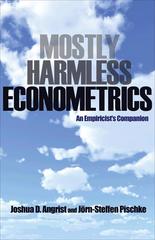Question
Two firms (Firm A and B) produce homogenous goods and compete in quantities. The industry's (inverse) demand function P = 40 Q where Q is
Two firms (Firm A and B) produce homogenous goods and compete in quantities. The industry's (inverse) demand function P = 40 Q where Q is total industry output, which is equal to q1 + q2. Firm A has production cost described by the cost function CA (qA ) = 20qA , while firm B's cost function is cB (qB ) = cA (qA ).
a) Which firms has increasing marginal cost?
b) Which one has constant marginal cost?
c) Define the reaction functions of the firms.
d) Compute the Cournot equilibrium quantities and price.
e) Provide a comparison of Cournot with Stackelberg duopolies for each firm's output and prices.
f) What are the Bertrand-Nash equilibrium prices in a market for a homogenous good?
g) Discuss the intuition considering what happens if 1 > 2.
h) In its optimization problem each firm must estimate and collect the reactions of its competitors in order to choose the best strategy to follow. Identify and describe TWO (2) ways in which firms can modify their behaviours.
Step by Step Solution
There are 3 Steps involved in it
Step: 1

Get Instant Access to Expert-Tailored Solutions
See step-by-step solutions with expert insights and AI powered tools for academic success
Step: 2

Step: 3

Ace Your Homework with AI
Get the answers you need in no time with our AI-driven, step-by-step assistance
Get Started


